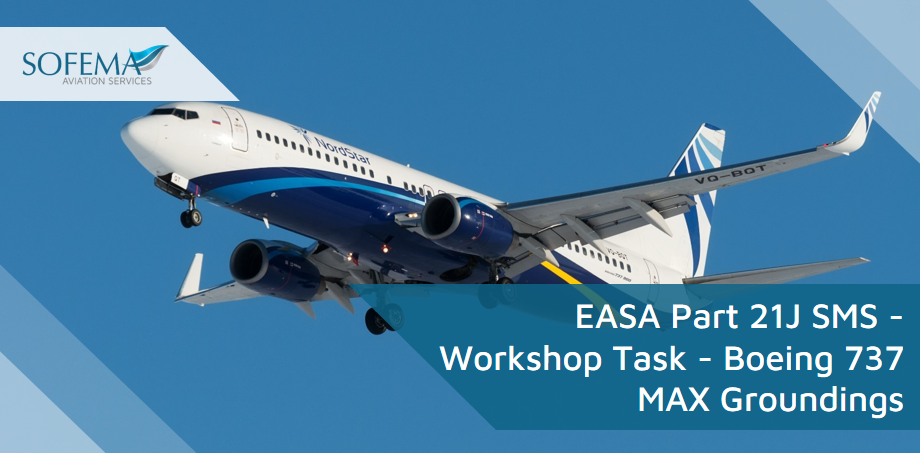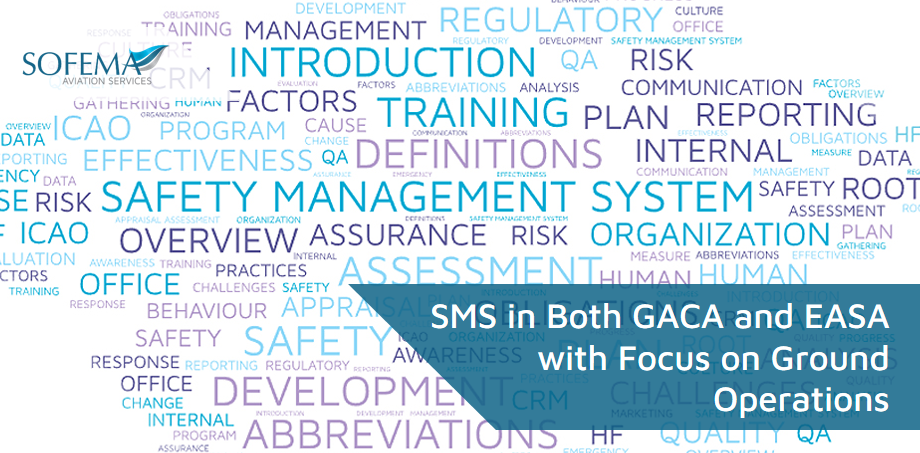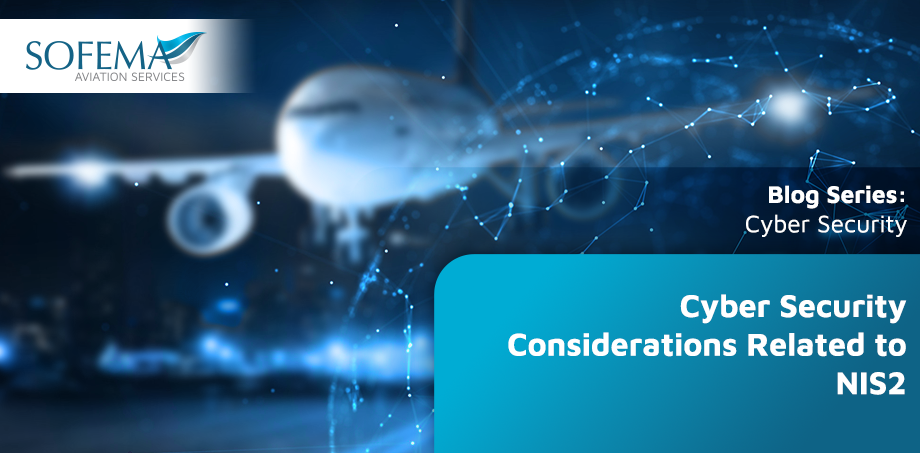
Sofema Aviation Services (SAS) www.sassofia.com EASA Part 21J – Workshop Task to understand the root causes associated with the Boeing Max Catastrophic Events and to focus on the Understanding of Design Shortfalls and Mitigations required to preclude similar recurrence in the future The failure to recognize the risk of a single-point failure in the AoA sensor…






